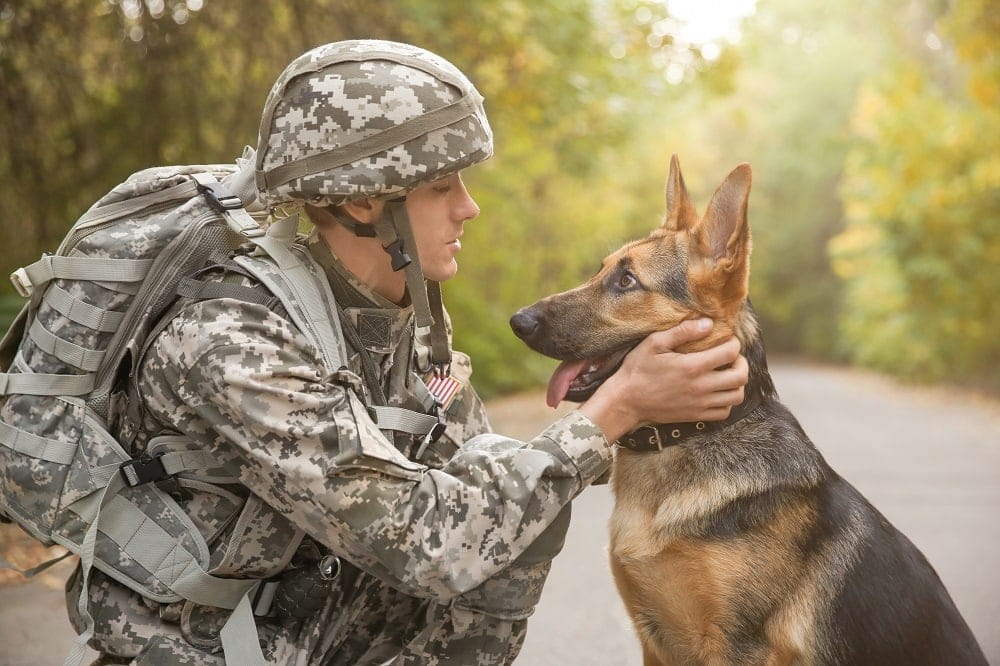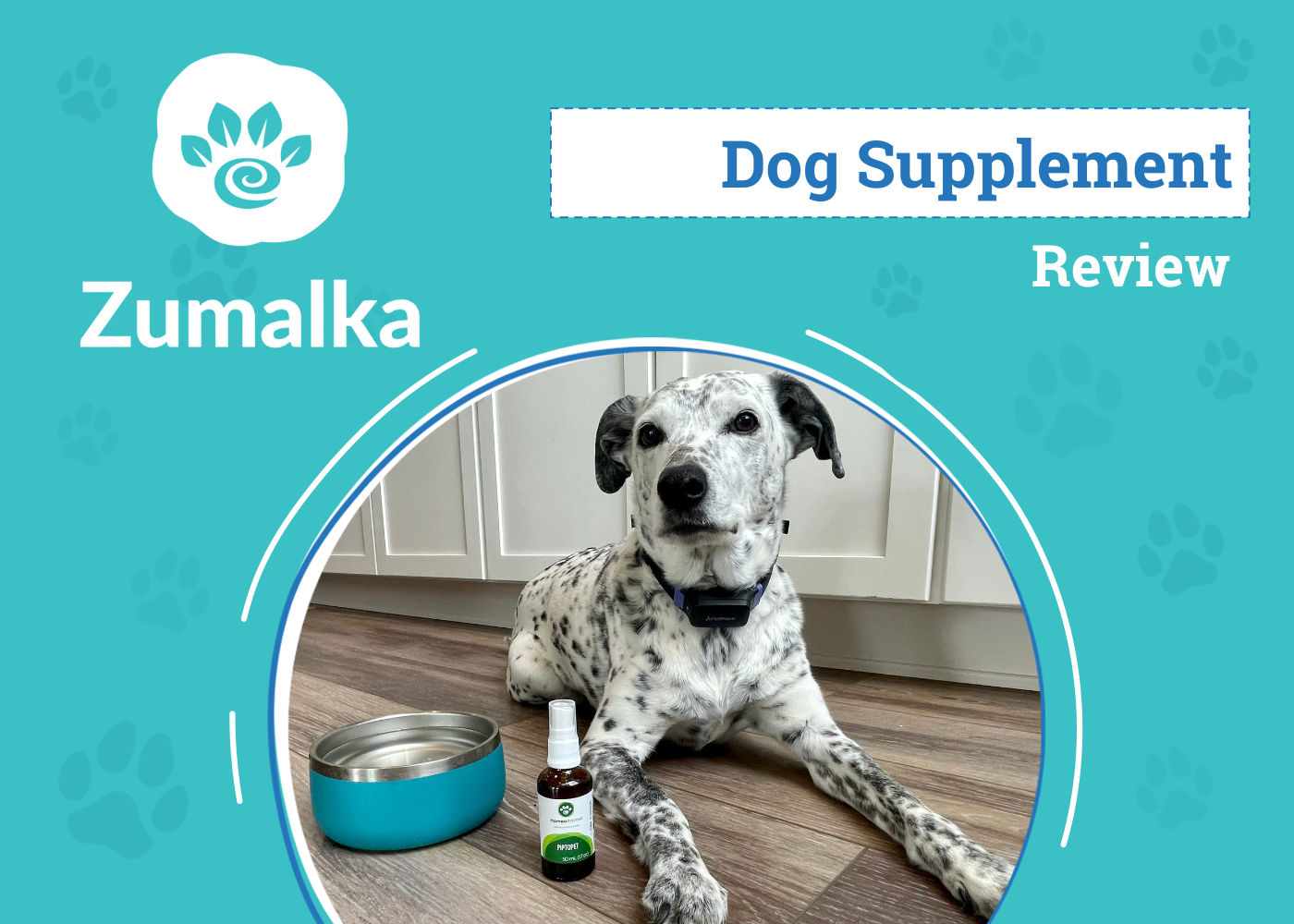Dehydration is a dangerous condition for any living creature that relies on water to survive. Water is an essential substance that keeps the body healthy and functioning normally. Dehydration can actually lead to kidney damage and failure, loss of consciousness, and eventually death, so it’s vital that your dog always has access to fresh water. In this article, we’ll look at the signs of dehydration in dogs so that you are aware and can help your dog.
Causes of Dehydration
Dogs lose water every day by panting, defecating, urinating, and through their paws – yes, dogs sweat through their paws! They need water to help keep the balance in their bodies, which is necessary for their survival. Water helps to regulate their body temperature, lubricates their joints, maintains electrolyte balance, cushions internal organs, and aids in digestion.
The obvious cause of dehydration is not enough water. However, it can also occur through an illness with a fever or through diarrhea, vomiting, and heatstroke. Additionally, toy breeds, senior dogs, lactating mothers, dogs with underlying organ system disease and puppies may be more susceptible to dehydration.
If your dog has any health conditions such as certain cancers, diabetes, or kidney disease, dehydration may occur more easily.
Some dogs also might not drink as much water as they normally should, or don’t drink enough on exceptionally hot days when they are so busy playing that they lose a lot of water. Exercise in warm weather should be discouraged. All of these scenarios can lead to dehydration, so we’ll take a look at 10 of the most common signs of canine dehydration so that you can recognize them.
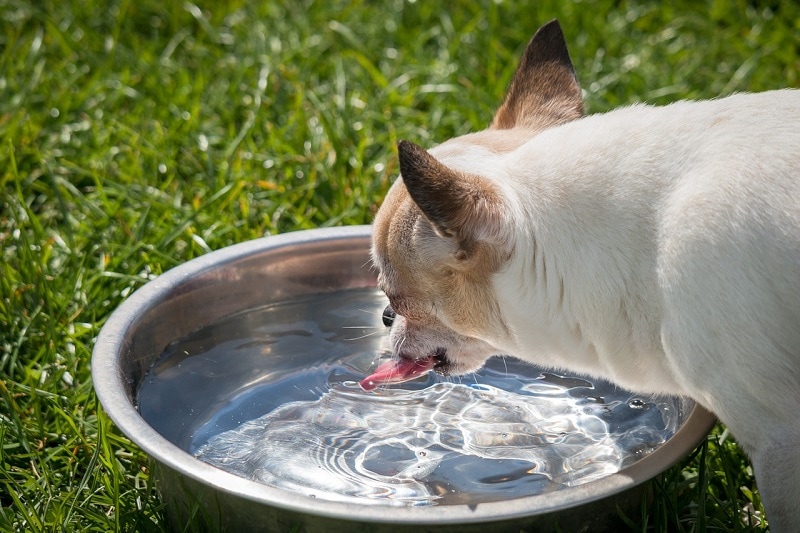
1. Loss of Skin Elasticity
This is the easiest way to test your dog for dehydration. Gently grab some skin in between your dog’s shoulder blades, lift it up, and then release it. A dehydrated dog’s skin will take much longer to fall back into place. In contrast, if your dog is well-hydrated, the skin will spring back into place immediately.
It’s recommended that you try this test out on your dog even when you know he’s well-hydrated, as it will give you an idea of what is normal and what is not.
2. Sticky and Dry Gums
This is the other way you can test your dog for a physical sign of dehydration. Check to see if your dog’s gums feel dry and sticky. While doing this, you can press your finger on the gums and watch how quickly the color returns. A well-hydrated dog’s gums will only stay white where you pressed very briefly, for under two seconds, while a dehydrated dog’s gums will take much longer to turn back to pink.
3. Thickened Saliva
This sign is similar to the previous one. Saliva that is stickier and thicker than usual can be an indication that your dog is dehydrated.
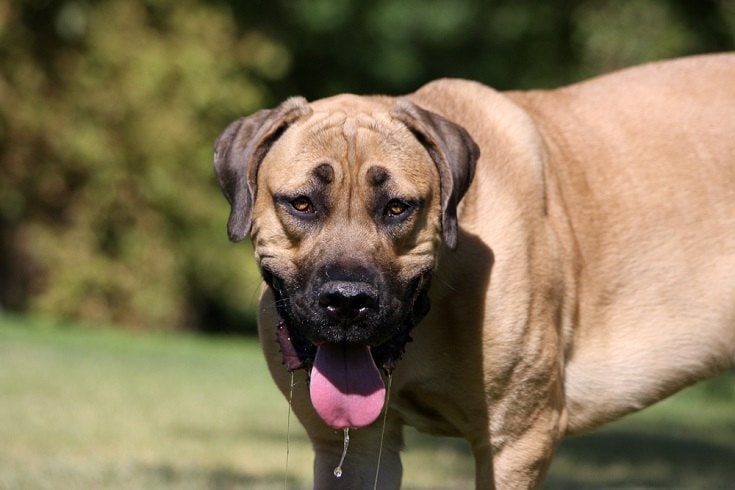
4. Dry Nose
Similar to dry gums, a healthy dog’s nose should only be slightly dry or moist. If your dog’s nose is completely dry, this is just one sign of dehydration.
5. Panting
All dogs pant, but if your dog seems to be panting excessively or breathing too quickly in short bursts, this is another sign of potential dehydration and/or heatstroke.
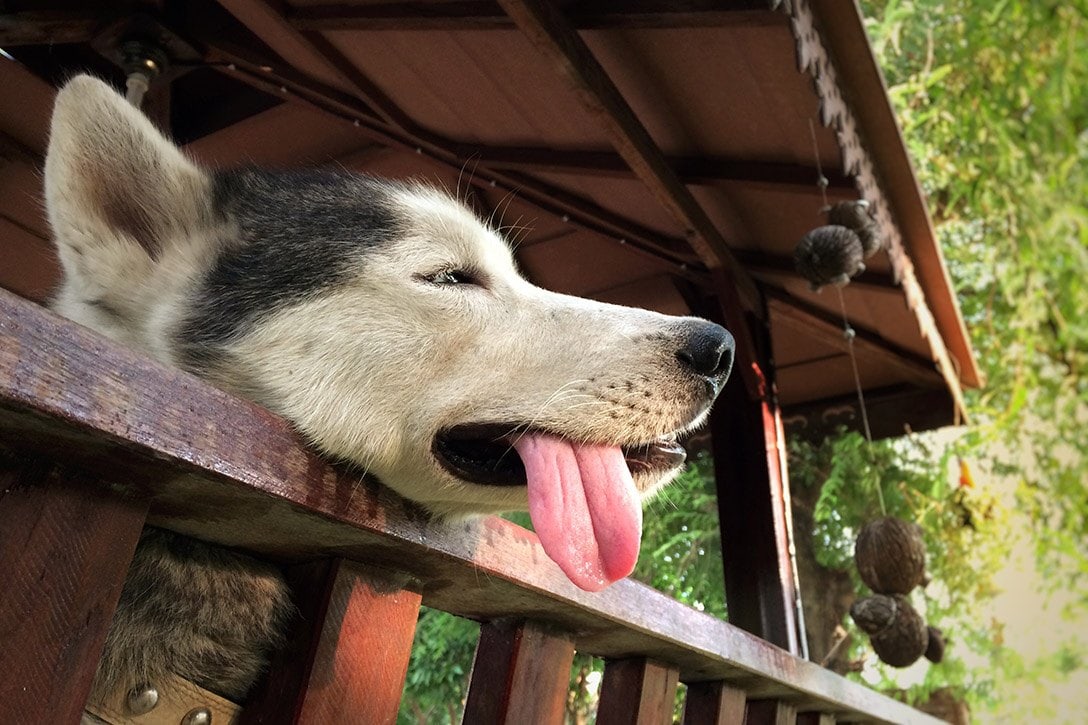
6. Loss of Appetite
Loss of appetite on its own is not an indication associated specifically with dehydration, but it is if it is in conjunction with some of the other signs on this list, and it may lead to dehydration, as well as be a consequence of it.
7. Wobbly and Uncoordinated
If your dog seems wobbly and weak and loses their balance quite easily, this could potentially be a sign of dehydration.
8. Less Energy
A dog that is lethargic and seems to lack their usual energy might be having issues with their health. Again, like many of these signs, a lethargic dog isn’t necessarily dehydrated unless it’s alongside some or all of these signs.

9. Dark Urine
A healthy dog’s urine should be a pale and translucent yellow, amber, or straw color, but if your dog is dehydrated, the urine may appear quite dark yellow. In dogs with kidney disease and diabetes, it’s quite pale, almost like water.
10. Eyes That Are Sunken in and Dry
This sign tends to occur in the later stages of dehydration, and at this stage, your dog could go into shock and collapse.
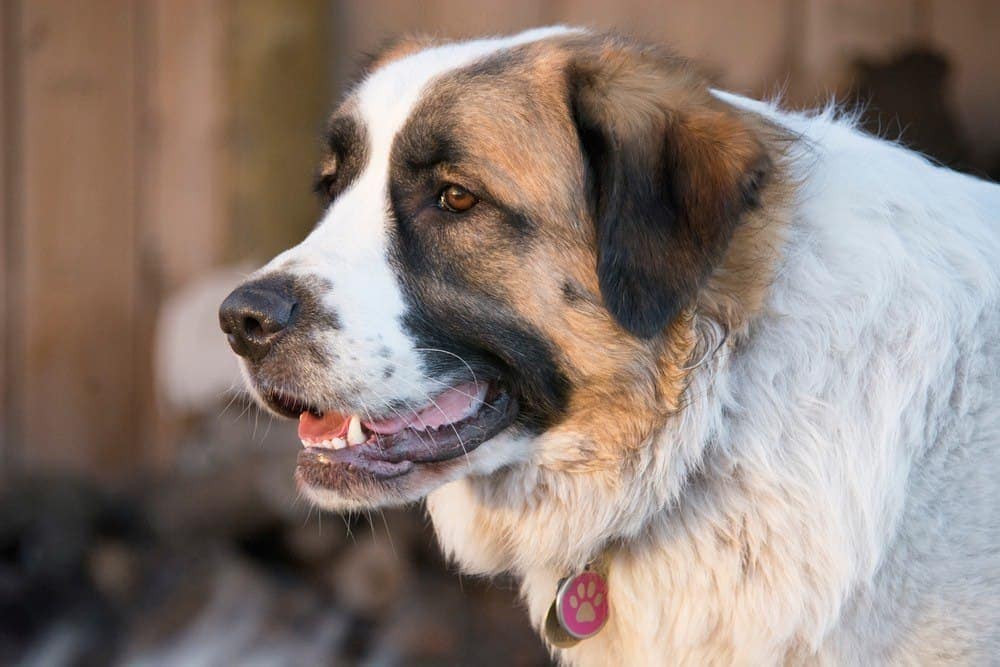
Treating Dehydration
If your dog is experiencing mild dehydration, you need to provide them with clean water as soon as possible and get on the phone with your vet, as your dog will need to be checked out.
But if the dehydration is moderate or severe, you must bring them to your vet immediately as this is considered an emergency situation.
Your vet will assess your dog’s current condition and determine how much fluid is required to rehydrate them. This will be accomplished with intravenous fluids. Fluid loss will be replaced gradually while monitoring your dog’s vital parameters and electrolyte values, and they may require a stay in the clinic for a few days.
The vet will also want to check your dog for the cause of the dehydration if it’s suspected that they have an underlying health condition.
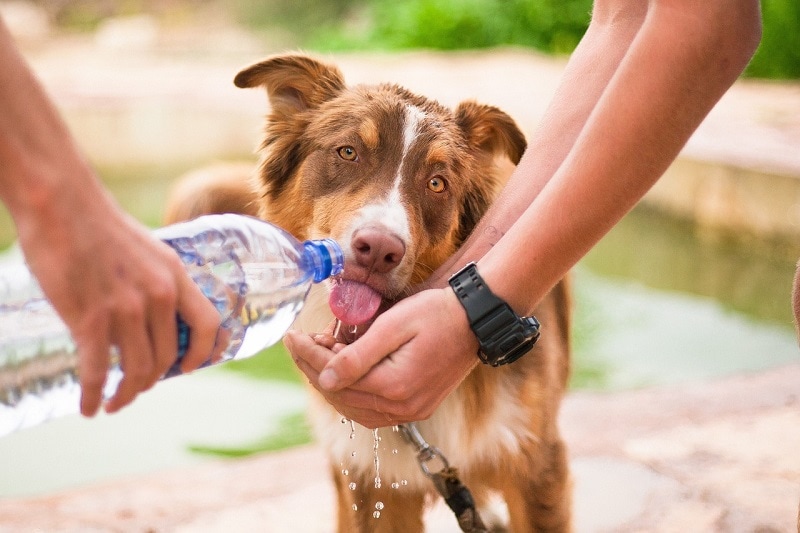
Preventing Dehydration
The obvious solution is ensuring your dog always has access to clean water at all times. Make a point of bringing a portable dog bowl with you when you take your dog out, particularly on hot days or when you know your dog is going to be overexerting himself. But more importantly, avoid walking or exercising your dog during the warmest part of the day.
If your dog seems to be picky about their water, some dog owners give their dogs ice cubes or will flavor the water with a broth. Try speaking to your vet about how much water is appropriate for your dog on a daily basis and keep track if you’re concerned. The general rule of thumb is that a dog needs a minimum of 1 ounce of water for each pound of his weight every day.
You can also look at making some changes to your dog’s food in order to increase their water intake. For example, if you are not giving your dog any canned food as a part of their diet, consider adding some in for the extra water content. You can also add water or salt-free broth to the dry kibble. Remember, however, that anytime you make a change in your dog’s diet, do so very slowly, or it may cause stomach upset.
Remember, unless there is an underlying health issue causing excess fluid loss, such as a stomach upset, diabetes, kidney disease, or others, and as long as your dog has fresh water available at all times, the chances of them getting dehydrated are low. Never leave your dog in a locked car or enclosed space in the summer, and make sure they always have fresh air flow, water, and shade.
Conclusion
Dehydration is a very serious problem, and there’s no doubt that you want to ensure your pup’s ongoing health. Having a much better understanding of why providing access to clean water is so vital and recognizing the signs of dehydration is an integral part of dog ownership.
You’ll want to prevent and stop it before it becomes a life-threatening situation. Always monitor your dog’s health and behavior and get in contact with your vet if you suspect your dog is struggling with any form of dehydration.
See also:
- Summer Safety Tips for Dogs: 6 Scenarios to Be Careful In
- How To Check Your Dog’s Vital Signs At Home: 5 Vet-Reviewed Steps
Featured Image Credit: ALEX_UGALEK, Shutterstock






